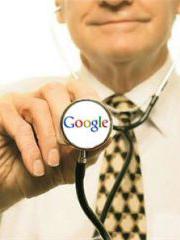Instructions
Create a Wiki account:
Go to
http://www.wikispaces.com and create an account for your group. Name the account “Period_RespiratoryCase1” (for example) so we know what case study is being presented. Simply follow the on-screen directions to build your site.
Wiki Permission = Protected
Wiki Type - K12 Education
Wiki Name = “P3Circulatory1” or whatever
Manage Wiki - Invite your group members(need email account) + teacher
Build your site!
What to include in your Wiki:
The purpose of your Wiki is to educate other students in the class about your case study. You can assume that your audience knows the basics about how the circulatory and respiratory systems work, but you need to clearly explain all of the specific aspects of your case study. Be sure to include:
Text:
1. An introduction to your patient (age, sex, symptoms, whatever history is relevant)
2. An overview of the basic issue/condition/problem faced by your patient
3. A discussion of what’s causing the symptoms, how it’s diagnosed, and how it should be treated. This part of your Wiki should essentially answer the questions presented in your case study. Don’t write them out as answers though – present the information in an interesting, clear way that will share your understanding of the patient’s condition with your fellow students.
4. Include links to relevant sources used to find your information.
Pictures: Place at least two (but preferably more) figures, diagrams, photos etc. to illustrate your case study. Engage your viewer with interesting images.
Video/animations: Embed at least one video or animation in your wiki, again, illustrating some aspect of your case study. Try to find videos that pack a lot of relevant information into a short amount of time. Use your best judgment to find examples that are accurate and clear. Under EDIT menu go to Widgets and Video. Follow the onscreen directions. Check with your teacher if you aren’t sure.



